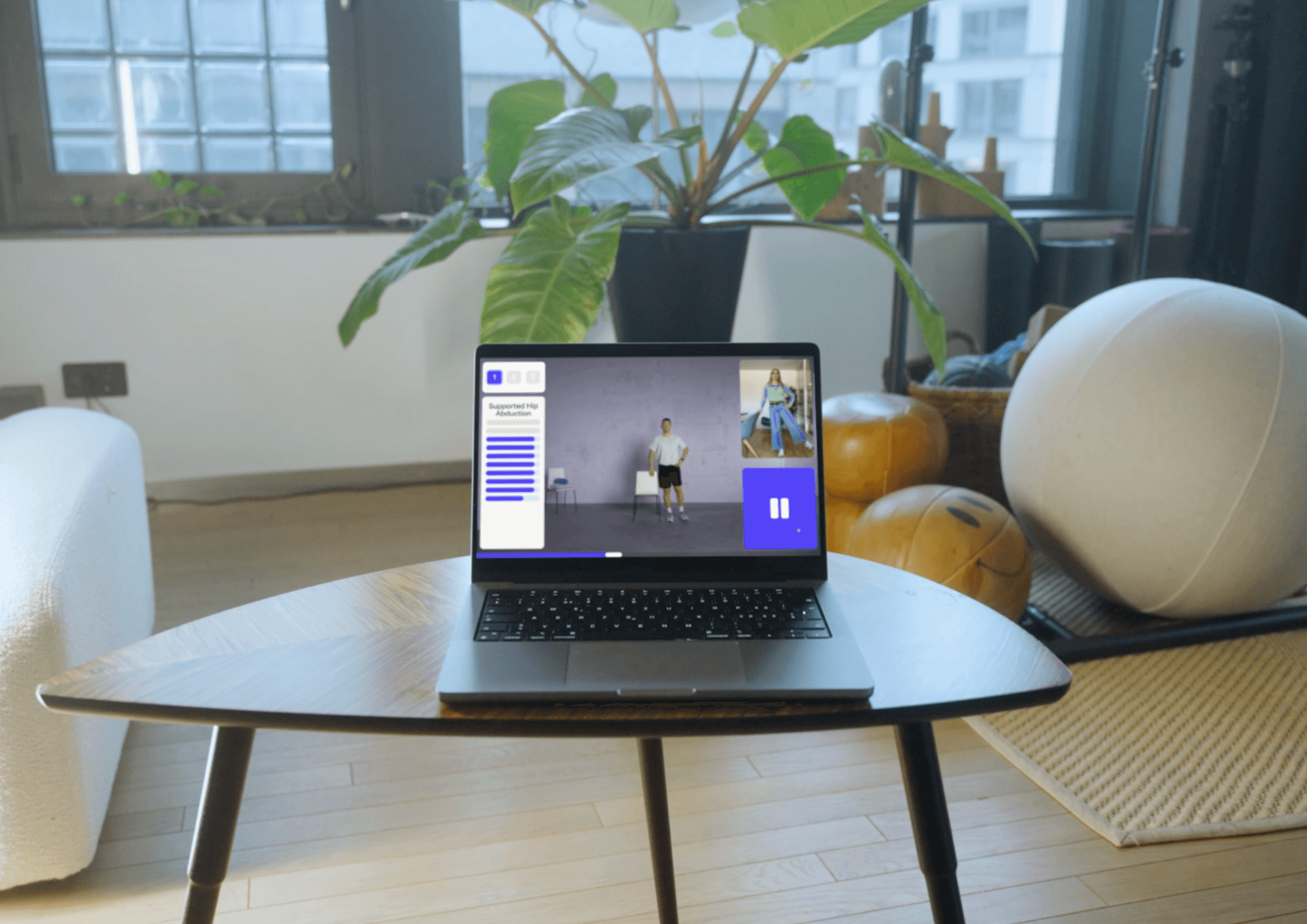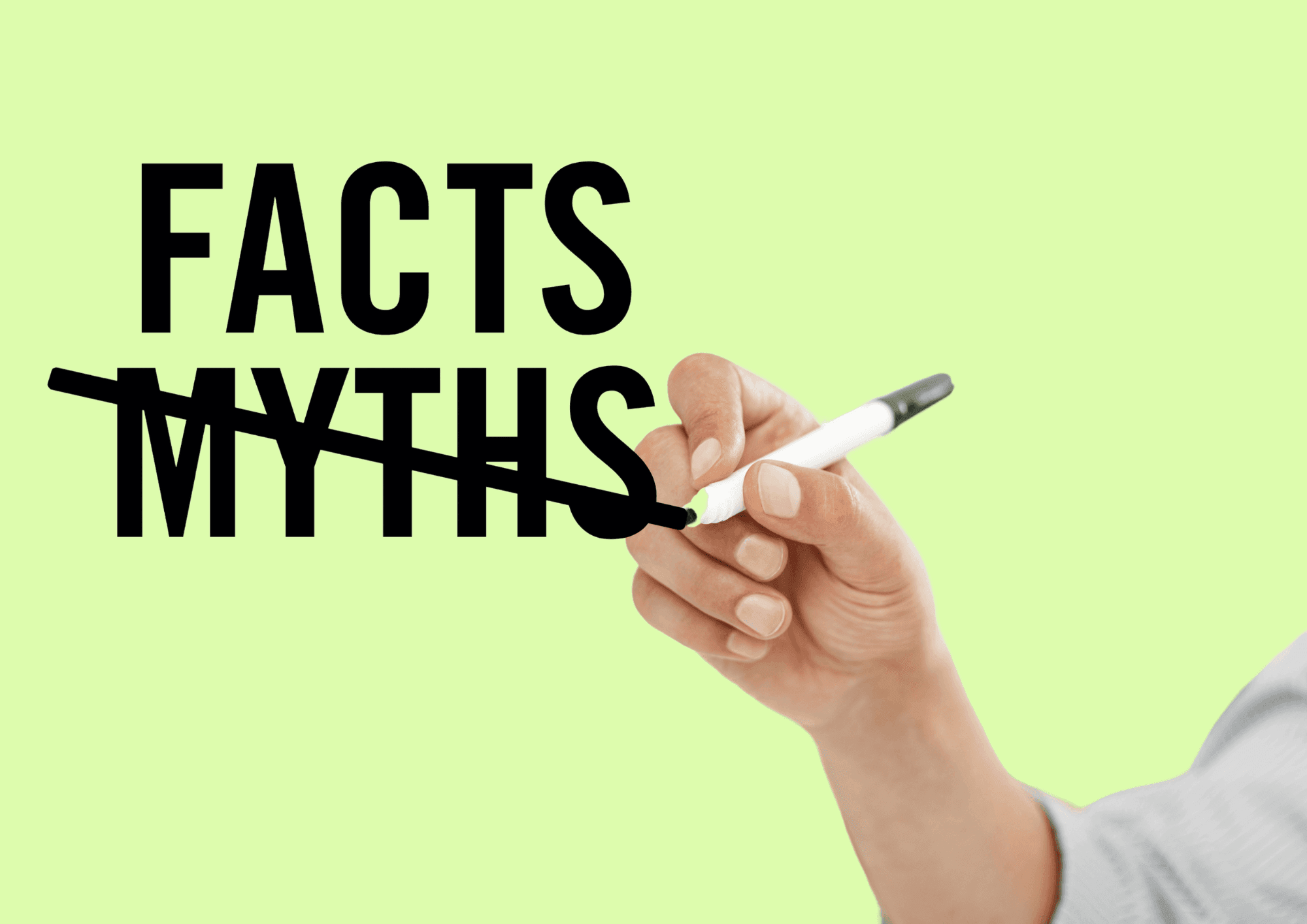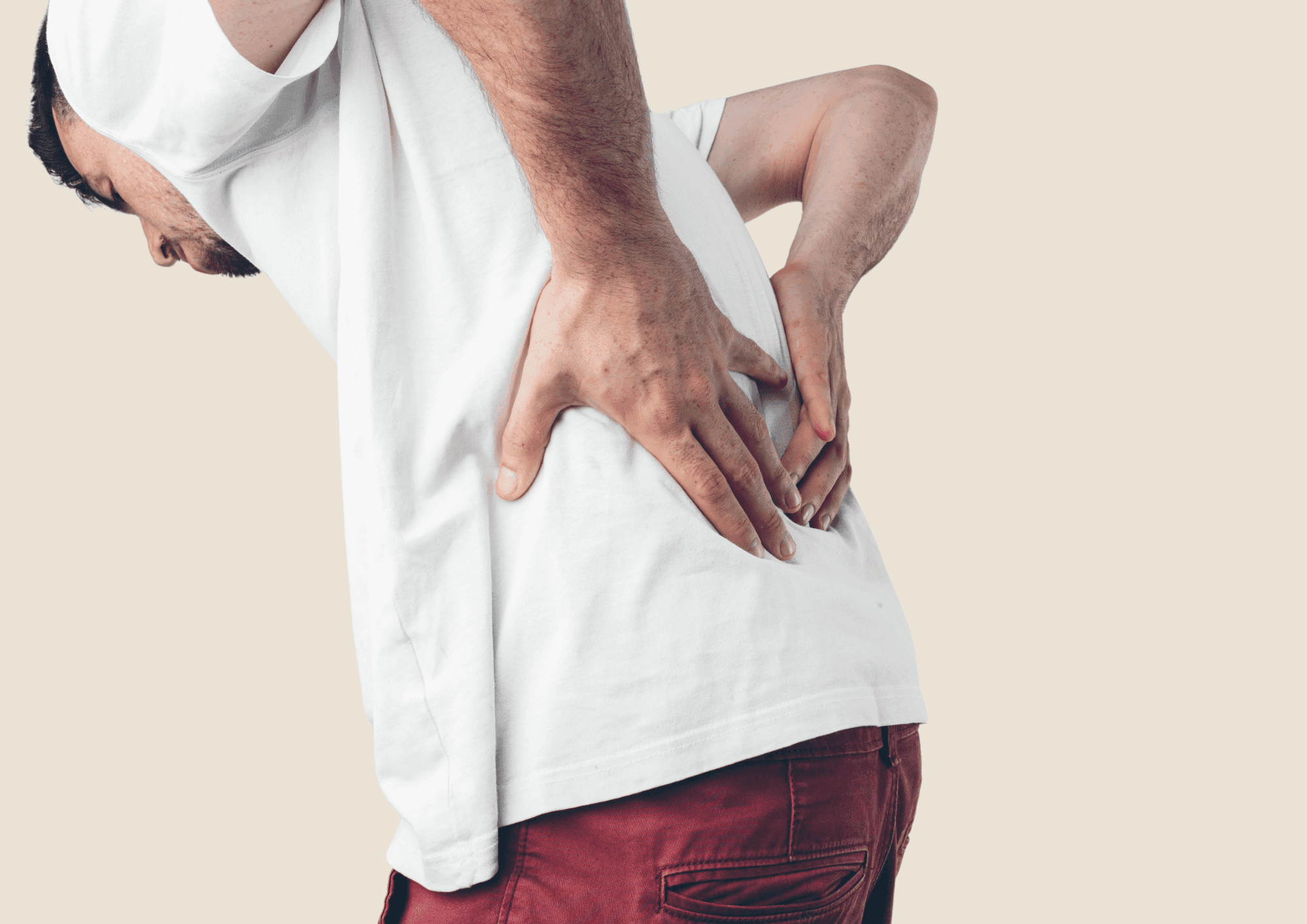The human body is designed for movement by nature. However, at a time when digitalization dominates our everyday lives, exercise is often neglected. Our modern lifestyle is characterized by long working hours in the office, hours of screen time and a general lack of physical activity. These circumstances have alarming consequences: Lack of physical activity has become a serious health problem worldwide.
According to "Gesundheitsförderung Schweiz", lack of physical activity causes at least 2900 premature deaths, 2.1 million illnesses and direct treatment costs of 2.4 billion Swiss francs in Switzerland every year. What if we could prevent all of this?
At Akina, exercise and movement is very close to our hearts. In this article we would like to show you what the benefits of regular exercise are and how much time you should spend on it in your daily life.
What is movement?
The World Health Organization (WHO) defines movement as any physical activity that is produced by skeletal muscles and requires energy expenditure. This means that virtually anything you do in your daily life counts as movement: for getting around, as part of your work, as well as during your leisure time. So you don't necessarily have to play competitive or recreational sports to be classified as physically active. Regular, health-enhancing physical activity* has been shown to help prevent and treat heart disease, stroke, diabetes and various cancers. It also strengthens the immune system, metabolism, hormonal and nervous system, and is instrumental in preventing high blood pressure and maintaining a healthy body weight. Exercise is not only essential for physical health, it can also improve mental health, mental performance, quality of life and overall well-being.
Health-enhancing physical activity (HEPA) is any form of physical activity that improves health with minimal undesirable side effects or risk of injury. Important factors here are appropriate intensity, duration and frequency.
What exactly happens to the body when you exercise?
With every movement, our muscles contract and relax again. They are responsible for operating the body. Physical activity improves blood flow to our muscles, which supplies them with nutrients and also strengthens ligaments and tendons. Functioning muscles, ligaments and tendons in turn protect the joints.
High-intensity exercise strengthens not only the musculature of the musculoskeletal system, but also the heart muscles. As a result, the heart enlarges and blood circulation in the body is boosted. In the long term, regular endurance exercise reduces the resting pulse rate. But that's not all: exercise also has a positive effect on the respiratory muscles. This allows you to breathe more deeply and thus make better use of the capabilities of your own lungs - you get out of breath less quickly and are more resilient.
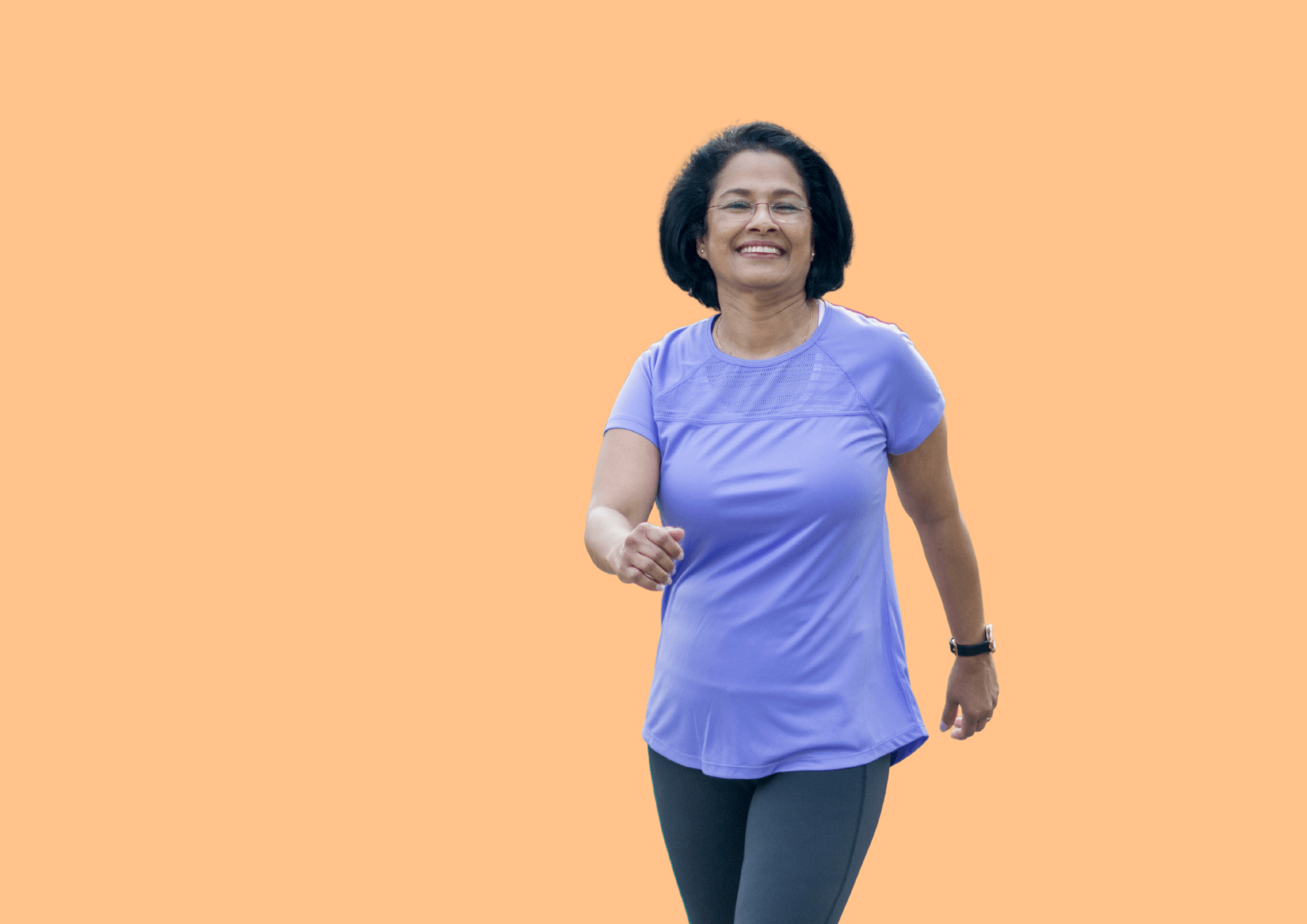
Advantages of regular exercise
- Protection against diseases
Exercise increases the number of the body's own antibodies, which improves the immune system in the long term. In addition, exercise reduces susceptibility to osteoporosis, strokes, obesity, diabetes and cancer. Heart problems are also effectively prevented: just a few minutes a day are enough to reduce the risk of cardiovascular disease by up to 20 percent, reports the German Federal Ministry of Education and Research. - Positive effects on mental health
Regular exercise helps improve mood and reduce stress hormones in the short and long term through the release of endorphins. Exercise improves blood flow to the brain, which provides brain cells with not only more oxygen, but also other biochemical substances. This can lead to more thinking ability and creativity in everyday life. A study by the University of Zurich also shows that regular exercise can prevent mental illnesses such as depression or anxiety disorders. - Better and longer life
Active people have a better quality of life and generally live longer than people who do not exercise regularly. In old age, they are comparatively more mobile, less in need of care and also mentally fitter - the likelihood of developing dementia or Alzheimer's disease is reduced by exercise. Another reason why active people live longer is their pronounced health awareness: Those who are aware of the importance of exercise often transfer this health-conscious lifestyle to all areas of life. Active people generally consume less alcohol and tobacco products, eat a healthier diet and are less overweight.
Physical activity recommendations by age group
How many hours of exercise do we need per week? The Swiss Federal Office of Sport, together with hepa.ch, has compiled the following physical activity recommendations:
Children and adolescents
The course for a healthy life is set at a young age, which is why appropriate promotion of physical activity is particularly important at this time. Children and adolescents should be physically active for at least 60 minutes a day. These activities should be of moderate intensity, which includes, for example, playing outdoors, cycling, or sports activities at school. This stage of life is not only about physical health, but also about having fun with exercise and fostering social skills and teamwork.
Young adults and adults
For adults ages 18 to 64, weekly physical activity goals of at least 150 minutes of moderate intensity or 75 minutes of high intensity are recommended. This can be achieved through activities such as running, swimming, gym workouts, physical activity classes or team sports. This amount of time can be divided into different days to facilitate integration into daily life. In addition, it is recommended that muscle strengthening exercises for all major muscle groups be practiced two or more days per week.
Older adults
As we age, exercise becomes even more important as it helps maintain mobility and independence into old age. Older people over 65 should aim for 150 minutes of moderate-intensity exercise per week, similar to young adults. Activities such as Nordic walking, water aerobics or gentle yoga exercises are very suitable. They should also incorporate muscle strengthening exercises into their daily routine to improve stability and balance.
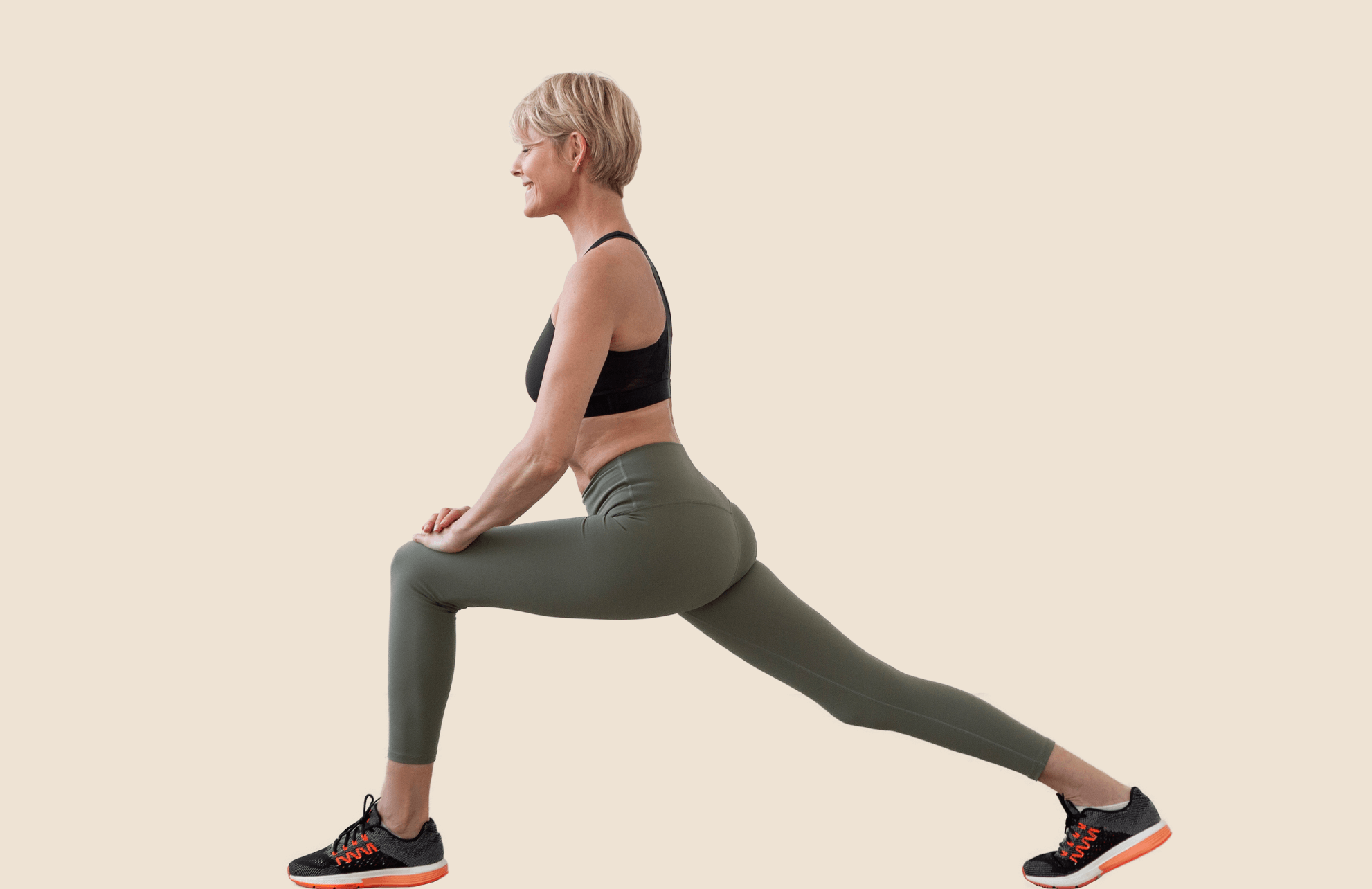
Akina as a guide to health-enhancing physical activity
It is clear that exercise has great health benefits for the prevention of disease. But what about exercise after an injury or illness has already occurred?
It can be difficult to get back on track after an injury or illness. How much exercise is needed for rehabilitation? Which exercises are suitable, and which pose an additional risk of injury?
That's where Akina comes in: our Akina Cloud software guides you through therapeutic workouts at home via our interactive, audiovisual platform. With instant AI feedback, you'll know if you're performing the exercise correctly and what to pay special attention to during your workout. Physical therapists have the ability to assess your progress or deficits and adjust your training plan accordingly. This allows patients and therapists to stay in touch and make physical therapy - and the road to recovery - more efficient.


